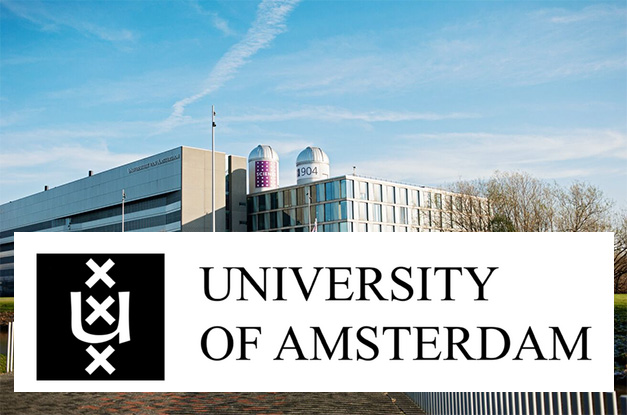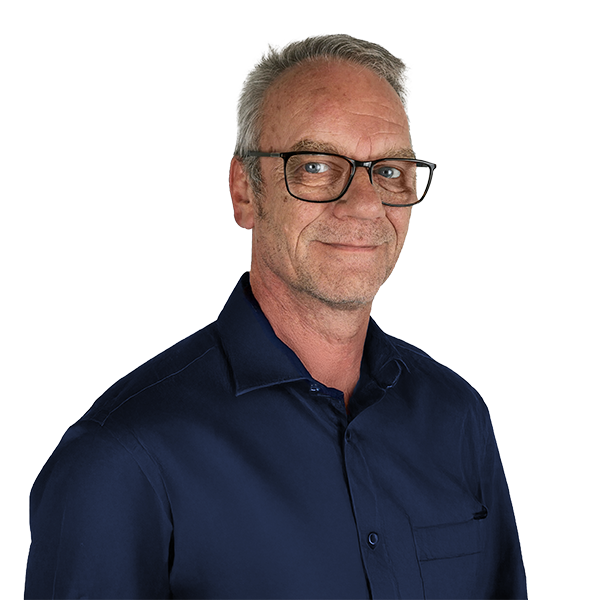Data
Dynamic user provisioning and network isolation
Toolset
Posit Workbench, Microsoft Azure, Terraform, Azure Kubernetes Service, Cloud-init, Packer, Ansible
Challenge
With more than 30,000 students and 5,000 employees, the UvA is one of the largest research universities in Europe. The university's challenge lies in providing students with access to a Posit server during exams, enabling them to program and perform calculations. The setup for the various use cases must be scalable, as the number of sessions launched varies. Furthermore, students must not have internet access and thus be unable to communicate with each other. Last but not least, the infrastructure must be decommissionable after the exam. The project was initiated as part of a further development of the existing exam environment, in which the provision of a dynamic infrastructure is intended to simplify processes and enable various application scenarios.

Goal
The UvA aims to have a flexible infrastructure that can be set up and dismantled for exam situations. If necessary, this infrastructure should run permanently in baseline mode. User-friendly scripts, which, through simple operation, take over the setup and dismantling process of the infrastructure, form the core of the envisioned on-demand infrastructure.
Solution
eoda supported UvA with its infrastructure consulting services, from the implementation of the new analysis environment through to its operation.
Microsoft Azure was selected as the portal for implementing the cloud infrastructure. Furthermore, due to the dynamic infrastructure, the decision was made to use the Terraform scripting language as the basis for this implementation. This offers the possibility of recording the individual steps in a script, which is used to set up and dismantle the infrastructure without manual intervention in the future. An architectural concept was then developed, which formed the basis for the implementation of the script.
As part of the assessment, the experienced consultants examined the following components of the cloud infrastructure:
Setting up static resources: Initially, all resources were set up in Azure. These do not represent part of the dynamic infrastructure but must be permanently available. This includes, among other things, the machine image used for Posit Workbench and an Azure container registry to provide the Docker images tailored to the exam scenario. Furthermore, a domain was registered and certificates created to ensure secure access to Posit Workbench.
Step-by-step construction of the dynamic resources: The individual components of the architectural concept were then individually constructed, tested, and finally consolidated into a script. The individual steps included, for example, networking, data storage (via NFS), scaling using the Azure Kubernetes service, and the final setup of Posit Workbench, including its configuration with cloud-init.
After successfully porting the cloud infrastructure to the UvA development environment, local tests were first conducted to simulate behavior in an exam situation. These tested various aspects of the infrastructure (e.g., provisioning and network isolation of users).
Result
In collaboration with eoda, the UvA has established a flexible and scalable infrastructure that can be applied and expanded to many future use cases (e.g., examination scenarios in different subject areas) while simultaneously helping to save costs.
The implementation of these state-of-the-art technologies has significantly improved the framework for examination situations.
Get started now:
We look forward to exchanging ideas with you.

Your expert on Data-Science-Projects:
Lutz Mastmayer
projects@eoda.de
Tel. +49 561 87948-370